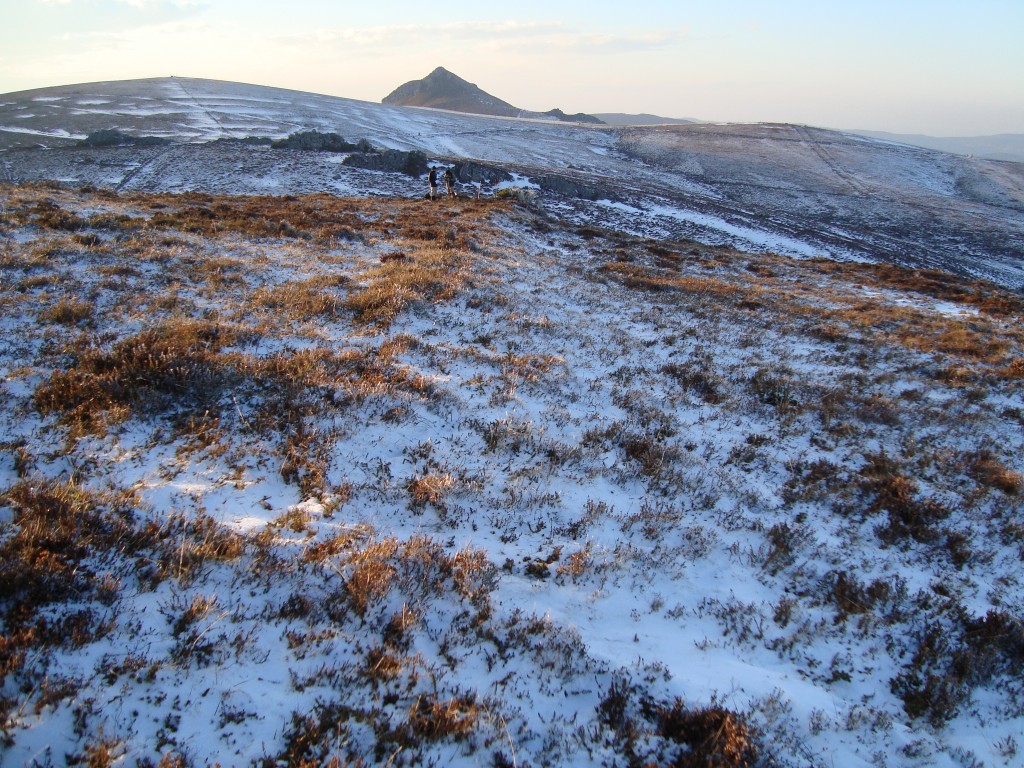
The camp of Moyapán (Ayande, Asturias) was discovered by chance in 2007, as we analysed the aerial photographs covering one of the most important Roman mining areas of western Asturias. It was the second Roman enclosure recognized in Asturias after El Picu Curriel.los (L.lena/Ayer) and it led our way on the investigation of the presence of the Roman army in Asturias and León.

The castra aestiva (temporal marching camp) of Moyapán lays over a peak of 1,075 meters above sea level, controlling the passage through the Carondio mountain range and visually dominating the mining area of Bustantigo valley. Due to its location the ramparts still preserve around one meter high, being the north-western and south-western sides of the defensive perimeter perfectly recognizable. The north-eastern sector of the defences shows a slightly lower earth bank, while the south-eastern area takes advantage of the uneven terrain. While field-surveying the site we detected two possible clauiculae accesses located in the north-western and south-western ramparts. The Roman camps usually show this protective solution for their entries.

Moyapán is quite a small enclosure (only 1.5 ha) when compared with other known camps in western Asturias (typically between 4 and 10 ha). Regarding to the presence of a Roman military detachment in this area we evaluated the visual domain of the site over the Bustantigo valley, since the involvement of the army in the management and organization of mining activities is well known. However, we cannot discard its construction in relation with the conquest campaigns of augustan times (29-19 BC). In 2009 the area was monitored by archaeologists due to the construction of a wind farm. Unfortunately, the partial excavation of the site did not provide more details about its chronology or function. The excavation was directed by Luis Blanco Vazquez.
